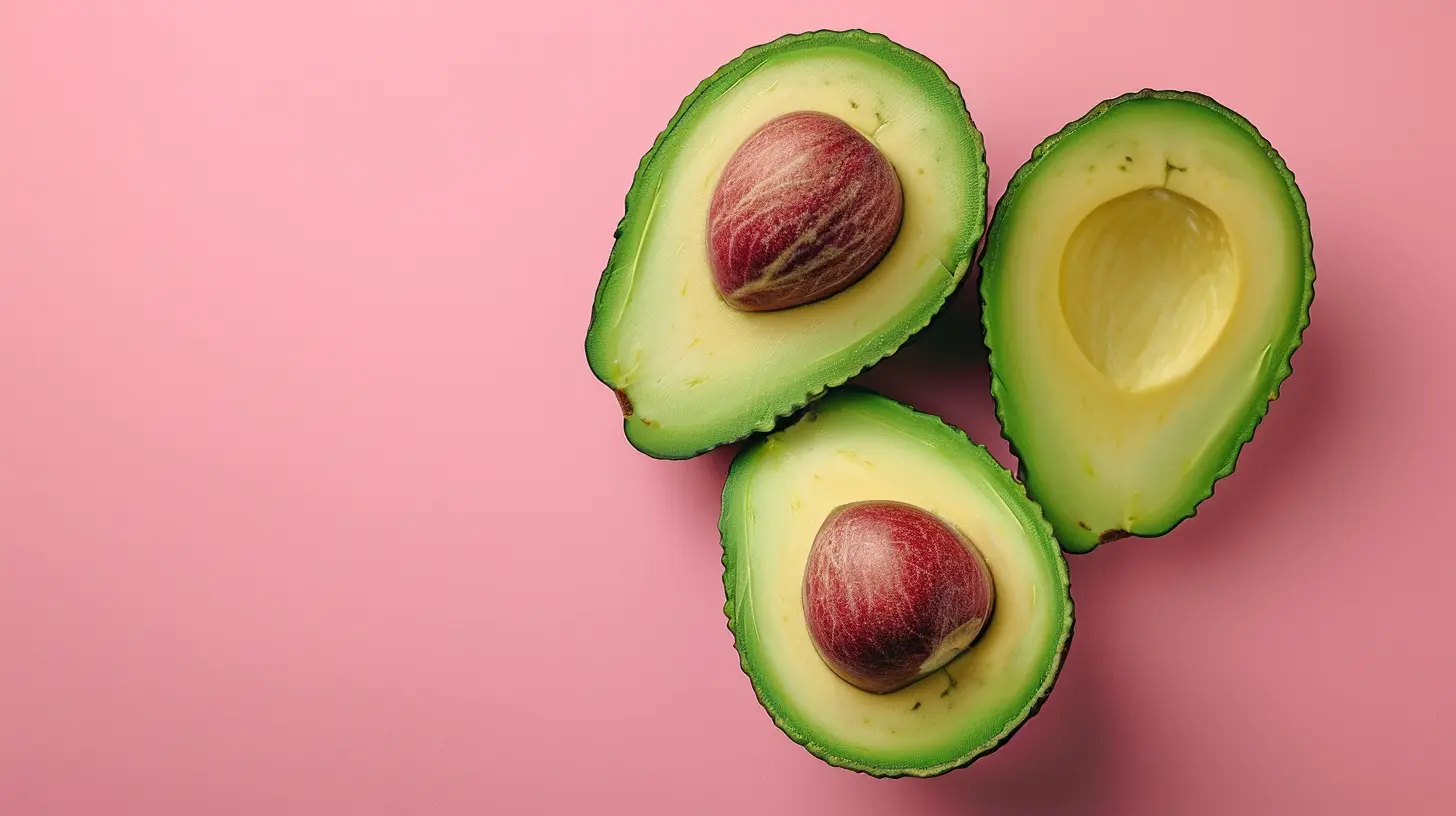Keto Basics: How Long Does It Take to Get Into Ketosis?
4 August 2025
If you're diving into the world of keto, you’ve probably heard about ketosis—a metabolic state where your body burns fat for fuel instead of carbs. But one big question remains: how long does it take to get into ketosis?
The answer isn't as straightforward as you might hope. It depends on several factors, including your diet, activity levels, and even genetics. But don’t worry—I’m here to break it down in a way that makes sense. 
What is Ketosis, and Why Does It Matter?
Before we jump into the timeline, let's quickly cover what ketosis actually is.Ketosis is a natural metabolic state where your body shifts from using glucose (from carbs) for energy to burning fat instead. When your carb intake is drastically reduced, your body produces ketones in the liver, which become the primary energy source.
This process can lead to fat loss, improved mental clarity, and even sustained energy levels—all major perks of the keto diet! 
How Long Does It Take to Get Into Ketosis?
For most people, it takes anywhere from 2 to 7 days to enter ketosis after drastically cutting carbs. However, this varies based on several factors.Here’s a general breakdown of what the first few days might look like:
Day 1-2: Depleting Carbs
As soon as you start reducing your carb intake (usually below 20-50g per day), your body begins using up its stored glycogen. Glycogen is stored with water, so as you deplete it, you may notice rapid water weight loss in the first couple of days.Day 3-4: Transitioning to Fat Burning
At this point, your glycogen stores are mostly gone, and your body starts switching to fat for fuel. You might start producing small amounts of ketones, but you’re not fully in ketosis yet.This is when some people experience the "keto flu"—a temporary period of fatigue, headaches, and irritability as your body adapts.
Day 5-7: Full Ketosis
By the end of the first week, most people have fully transitioned into ketosis. At this point:- Ketone levels in the blood start rising
- Cravings for carbs may reduce
- Energy levels improve
- Mental clarity increases
Some people take longer, especially if they're coming from a high-carb diet or have metabolic resistance. 
Factors That Affect How Fast You Get Into Ketosis
Not everyone enters ketosis at the same speed. Here are some things that can speed up or slow down the process:1. Your Diet
The fewer carbs you eat, the faster you'll deplete glycogen and switch to fat-burning. A strict keto diet (under 20g net carbs per day) will get you into ketosis faster than a moderate low-carb approach (50-100g per day).2. Activity Levels
Exercise burns through glycogen stores faster, which can speed up ketosis. High-intensity workouts or fasted cardio can help accelerate the process.3. Fasting
Intermittent fasting (or extended fasting) forces your body to skip glycogen-burning and head straight for fat-burning. Even a 16-hour fast can help you enter ketosis more quickly.4. Metabolism and Genetics
Some people naturally switch to burning fat faster than others. If you've been on a low-carb diet before, you may get into ketosis more easily than someone who's been eating a high-carb diet for years.5. Protein Intake
Eating too much protein can slow ketosis because excess protein can convert to glucose through a process called gluconeogenesis. Sticking to moderate protein intake is key.
Signs That You’re in Ketosis
How do you know if you've actually entered ketosis? Here are some common signs:- Increased Energy: After the initial slump, many people report a surge in energy.
- Mental Clarity & Focus: Many experience fewer brain fog episodes and better concentration.
- Reduced Appetite: Ketones help suppress hunger, so you might feel fuller for longer.
- Bad Breath (Keto Breath): Acetone, a type of ketone, is excreted through the breath and can cause a fruity or metallic odor.
- Weight Loss: A combination of water weight and fat loss is common.
- Ketone Testing: You can use urine strips, blood monitors, or breath analyzers to test for ketones.
How to Get Into Ketosis Faster
If you're impatient (hey, I get it!), here are some hacks to speed up the process:1. Cut Carbs Drastically
The lower you go on carbs (aim for 20g net carbs or less per day), the faster you'll enter ketosis.2. Try Intermittent Fasting
Fasting for 16-24 hours can help kickstart ketosis by forcing your body to burn stored fat.3. Increase Healthy Fats
Eating more avocados, olive oil, nuts, and fatty fish can encourage ketone production.4. Exercise More
Both high-intensity workouts and steady-state cardio help burn glycogen faster, pushing your body into ketosis sooner.5. Take Exogenous Ketones (Optional)
Some people use ketone supplements to elevate blood ketones quickly, though they’re not necessary.How Long Should You Stay in Ketosis?
Ketosis is safe for most people and can be maintained long-term if you're following a well-balanced keto diet. Some stay in ketosis for months or even years, while others cycle in and out using carb refeeds.It ultimately depends on your personal goals—whether it's weight loss, better energy, or mental clarity.
The Bottom Line
Getting into ketosis typically takes between 2 to 7 days, depending on your diet, activity level, and metabolism. The stricter you are with carbs, the faster you'll get there.Some discomfort (like the keto flu) is normal at the start, but once you're in ketosis, you’ll likely feel more energized, clear-headed, and less hungry.
If you're serious about keto, tracking your progress and listening to your body can help make the transition smoother. So, are you ready to dive into ketosis?
all images in this post were generated using AI tools
Category:
Keto DietAuthor:

Eileen Wood
Discussion
rate this article
1 comments
Daria Fletcher
Great overview! Understanding the timeline for ketosis helps set realistic expectations. Everyone's body is different, so it's essential to listen to your body and adjust your approach as needed. Thanks for sharing these insights!
August 26, 2025 at 4:18 PM

Eileen Wood
Thank you for your thoughtful comment! I'm glad you found the overview helpful. Listening to your body is indeed key on the keto journey!


